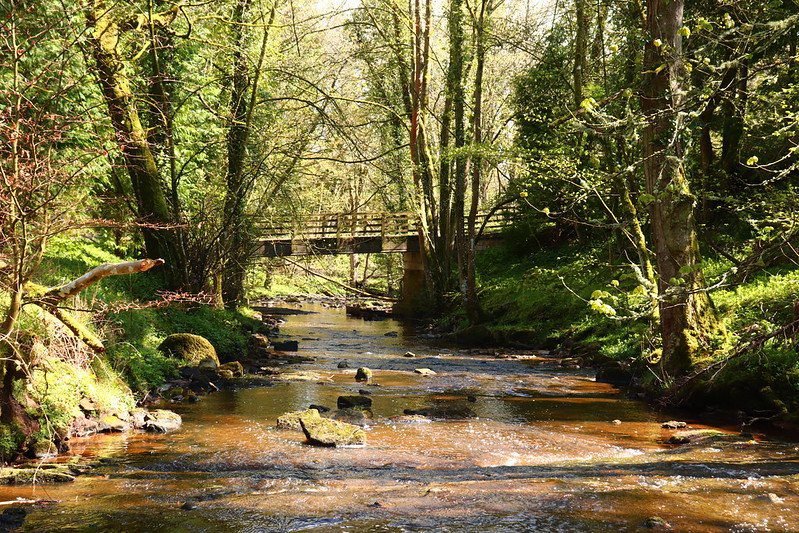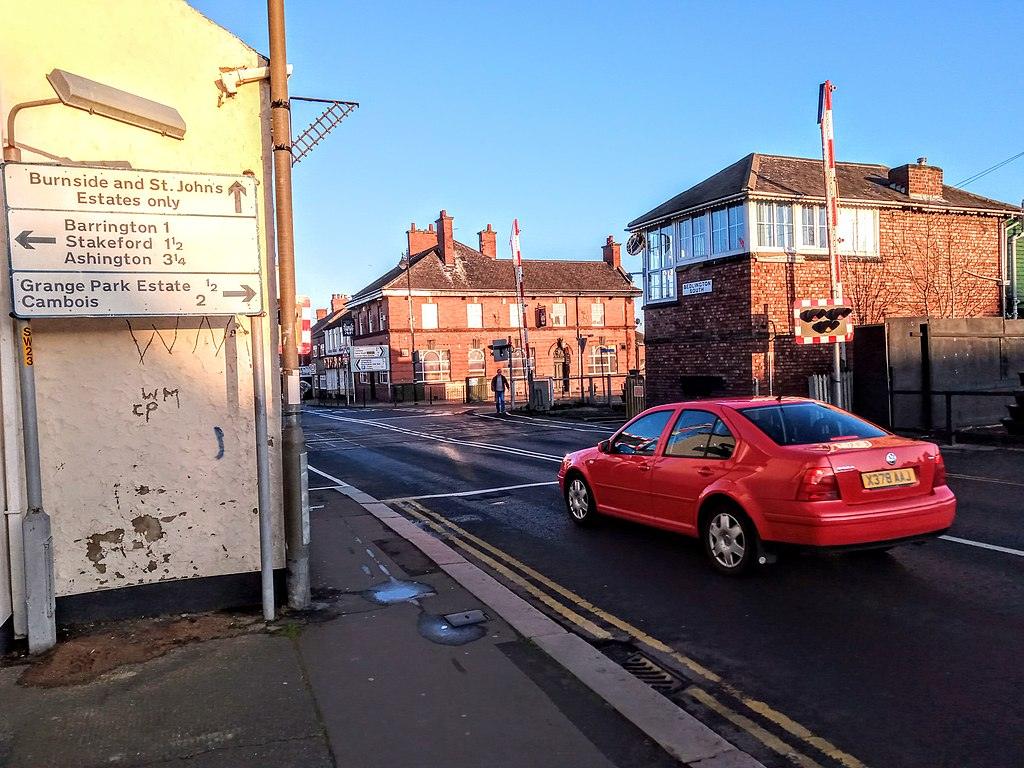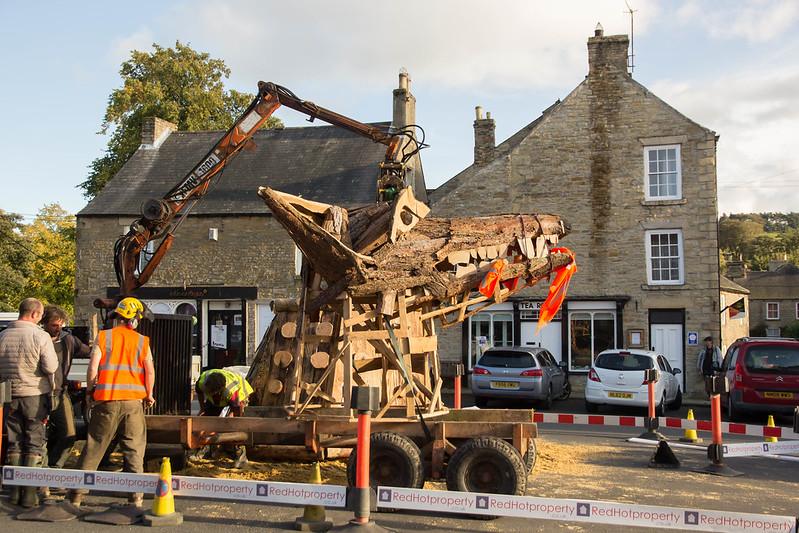Introduction to Swarland
Nestled within the picturesque Northumberland region of England, Swarland stands as a charming village that encapsulates the serene beauty of rural life. Located approximately five miles west of the historic town of Alnwick, Swarland is easily accessible via the A1 road, making it a convenient getaway for visitors seeking a peaceful retreat. This small village, with its enchanting countryside and warm community, embodies the essence of Northumberland's rich tapestry of landscapes and culture.
One of the defining features of Swarland is its proximity to the stunning Northumberland National Park and the expansive Northumberland coastline. These natural attractions not only enhance the geographical significance of Swarland but also offer a diverse range of outdoor activities, from walking and cycling to beachcombing and birdwatching. The village itself is characterised by a blend of charming stone cottages and modern residences, interspersed with lush gardens and verdant greenery, making it an appealing destination for both residents and visitors.
Historically, Swarland dates back to the 19th century, originally serving as a hamlet that supported the local agriculture-based economy. Over the years, the village has evolved while still retaining its rural heritage. The historic landmarks, such as the Swarland Old Church, provide a glimpse into the area’s medieval past, showcasing the village's architectural charm and historical significance within the region. As a hidden gem in Northumberland, Swarland invites exploration and appreciation of not only its scenic landscapes but also its cultural heritage. This charming locale promises enriching experiences for those willing to delve into its past and enjoy its present tranquillity.
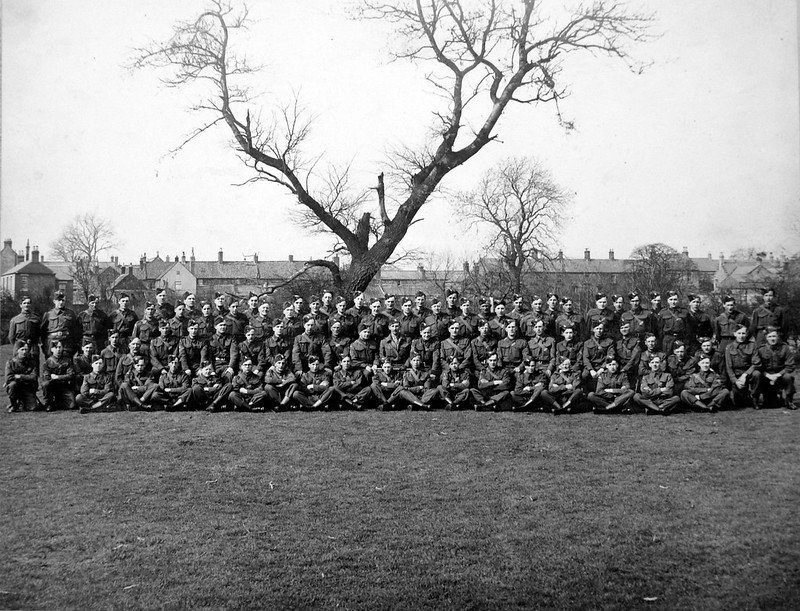
Historical Background
Swarland, a picturesque village located in Northumberland, boasts a rich history that has significantly shaped its character over the centuries. The origins of Swarland can be traced back to the early medieval period, with evidence suggesting that the area was inhabited long before this time. As a settlement in the Northumberland region, it was naturally influenced by the surrounding landscape and the social dynamics of the time, including agriculture and trade.
One of the earliest records of Swarland dates back to the 13th century when it was part of the parish of Felton. The village grew gradually, with the establishment of farms and residences that reflected the architectural styles of their respective periods. Notable for their simplicity and functionality, many of these structures have retained a sense of authenticity, showcasing local craftsmanship. Among the architectural features that stand out are the traditional stone cottages, which echo the rural charm that Swarland is known for.
As the village evolved, key historical events left an indelible mark on Swarland's development. The 18th century was particularly transformative, as the enclosure movement altered agricultural practices and property ownership. This period also saw the establishment of the Swarland Hall, an impressive structure built in the 19th century that further contributed to the village's identity. The Hall served as a hub for local social activities and reflects the Victorian architectural influences of the time.
Throughout the 20th century, Swarland experienced both growth and challenges, including the impact of the two World Wars, which affected rural communities across the nation. Despite these challenges, the village has preserved its unique heritage, with various historical landmarks still standing. These structures not only contribute to Swarland’s aesthetic charm but also serve as reminders of the rich narrative woven into the fabric of this hidden gem in Northumberland.
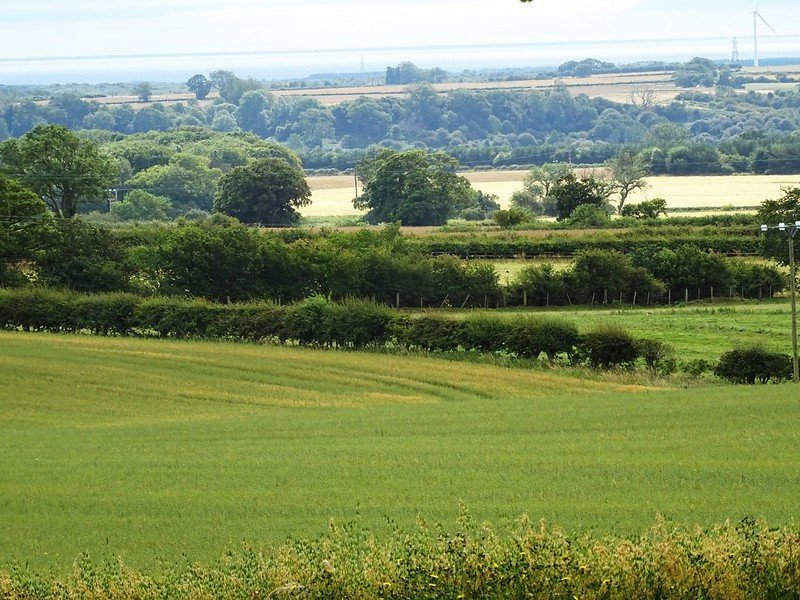
Local Attractions and Activities
Swarland is home to a variety of attractions and activities that appeal to both residents and visitors alike. The village is surrounded by stunning landscapes that invite outdoor enthusiasts to explore walking trails that wind through scenic views. These routes, suitable for all skill levels, provide opportunities for leisurely walks or more vigorous hikes. Additionally, the trails allow walkers to appreciate the area's natural beauty, including lush woodlands and open fields teeming with native flora and fauna.
One of the village's highlights is the historic Swarland Hall, which offers a glimpse into the rich history of the region. Set in well-kept grounds, the hall occasionally hosts community events, making it a focal point for local gatherings. The annual village fair, for instance, showcases local talent through crafts, food stalls, and entertainment, providing a vibrant atmosphere that brings residents together. Such events not only foster community spirit but also create a welcoming experience for visitors, allowing them to immerse themselves in local culture.
In addition to its natural attractions, Swarland is home to unique local businesses that contribute to the area's charm. Local cafés, renowned for their warm ambience and quality offerings, serve up delicious meals made with locally sourced ingredients. These eateries provide a perfect respite after a day exploring the village or hiking through its trails. Moreover, small shops selling artisanal products, handmade crafts, and other goods reflect the talents of local artisans, enhancing the visitor experience through authentic regional offerings. The combination of outdoor activities, community events, and local businesses makes Swarland a diverse destination, drawing visitors to experience its charm and beauty.
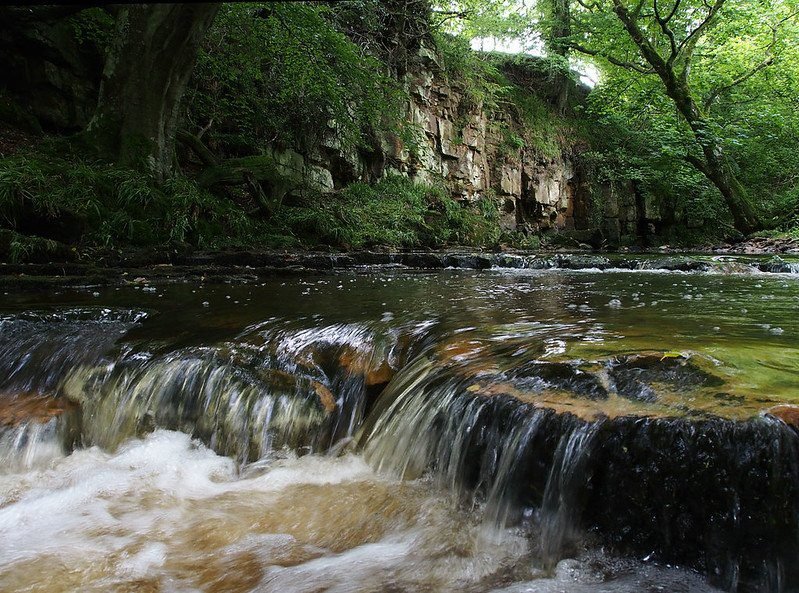
Swarland’s Natural Beauty
Swarland is renowned for its breathtaking natural beauty. The area showcases a diverse array of flora and fauna, making it a paradise for nature enthusiasts. The rolling hills and lush greenery create a serene environment that appeals to both residents and visitors. The surrounding woodlands are characterised by ancient trees, vibrant wildflowers, and an array of wildlife that flourishes in this unspoiled habitat. From the delicate shade of bluebells in spring to the vivid hues of autumn leaves, each season offers a unique charm that enhances Swarland's allure.
Outdoor activities abound in Swarland, providing ample opportunities for exploration and recreation. Hiking is particularly popular, with numerous trails weaving through the idyllic countryside. These paths are well-marked and cater to varying skill levels, ensuring that everyone can enjoy the scenic views. As walkers traverse these routes, they can encounter a rich tapestry of plant life and spot numerous bird species, making this area an excellent location for birdwatching enthusiasts. The peaceful ambience allows for a truly immersive experience in nature.
Photography is another rewarding activity that can be pursued in Swarland. Photographers can capture the stunning landscapes, vibrant wildlife, and unique natural features that define the area. The changing light throughout the day creates different moods, offering countless opportunities for stunning imagery. Whether it's the mist that envelops the hills in the early morning or the golden hues of the sunset reflecting off the landscape, Swarland provides a captivating backdrop for all types of visual documentation.
Overall, the natural beauty of Swarland is not only a focal point of the region but also a significant draw for outdoor enthusiasts. With its diverse ecosystems, the area is a haven for those who appreciate the great outdoors, making Swarland truly a hidden gem in Northumberland.
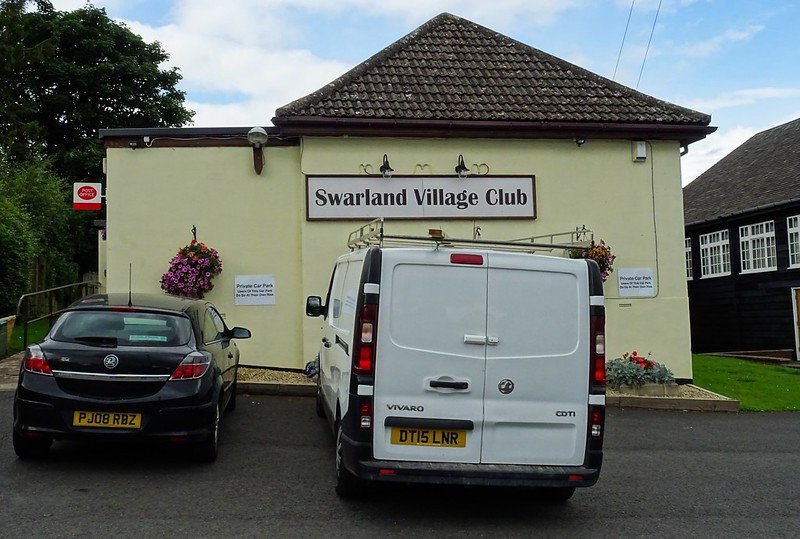
Community and Culture
Swarland is known for its vibrant community and rich cultural tapestry. The residents of Swarland play a pivotal role in the local culture, fostering a sense of belonging and identity that is palpable throughout the village. They actively participate in various activities that exhibit their commitment to nurturing communal bonds and preserving their traditions.
One of the hallmarks of Swarland’s cultural landscape is its seasonal festivals. These events not only celebrate local heritage but also create opportunities for residents to unite, share stories, and engage with one another. For instance, the annual summer fair attracts visitors from surrounding areas, featuring local crafts, homemade delicacies, and live performances that showcase the talents of community members. Such gatherings reflect the essence of Swarland’s communal spirit and highlight the importance of tradition in uniting its inhabitants.
In addition to festivals, Swarland boasts a thriving arts scene that captivates both locals and visitors alike. The village is home to several local artists and artisans who contribute to its rich cultural output. Whether through painting, pottery, or music, these creative individuals capture the essence of Swarland and its stunning surroundings. The availability of workshops and classes allows residents to pursue their artistic inclinations, further enriching the village's cultural fabric.
Moreover, community engagement extends beyond festivals and arts. Residents often gather for various social initiatives, such as environmental clean-up drives or charity events, which not only enhance the village's aesthetics but also strengthen community ties. Through collaborative efforts, residents exemplify the importance of working together, highlighting a collective commitment to preserving Swarland’s charm and identity. As such, the community in Swarland remains an integral part of the village's narrative, weaving a unique cultural identity that endures through generations.
Cuisine and Dining in Swarland
Swarland boasts a delightful range of culinary experiences that reflect both local traditions and modern influences. The dining scene here is characterized by a blend of rustic charm and contemporary flair, offering residents and visitors alike a plethora of restaurants, pubs, and eateries to explore.
One notable establishment is The Cook and Barker, a traditional pub that serves classic British dishes featuring locally sourced ingredients. Guests can savour options like succulent roast lamb, sourced from nearby farms, paired with seasonal vegetables. The pub is also known for its extensive selection of regional ales, making it a quintessential spot for those keen to sample Northumberland's brewing heritage.
For those seeking a more contemporary dining experience, The Northern Stage is a charming bistro that emphasises fresh, seasonal produce. Their menu often includes innovative dishes such as wild mushroom risotto and grilled fish that change regularly to reflect the best available ingredients. The commitment to farm-to-table principles enhances the overall dining experience, allowing patrons to enjoy meals crafted from the richest offerings of the surrounding countryside.
Swarland also embraces its agricultural roots through local markets where visitors can find artisan cheeses, freshly baked bread, and an array of homemade preserves. Many of the eateries in the area use these artisan products to enhance their menus, adding an authentic touch that resonates with both locals and travellers.
In this quaint village, the community’s passion for quality food and drink is undeniable. Whether indulging in a hearty meal at a traditional pub or savouring innovative dishes at a bistro, dining in Swarland presents a unique opportunity to experience Northumberland's rich culinary landscape, making it a must-visit destination for food enthusiasts.
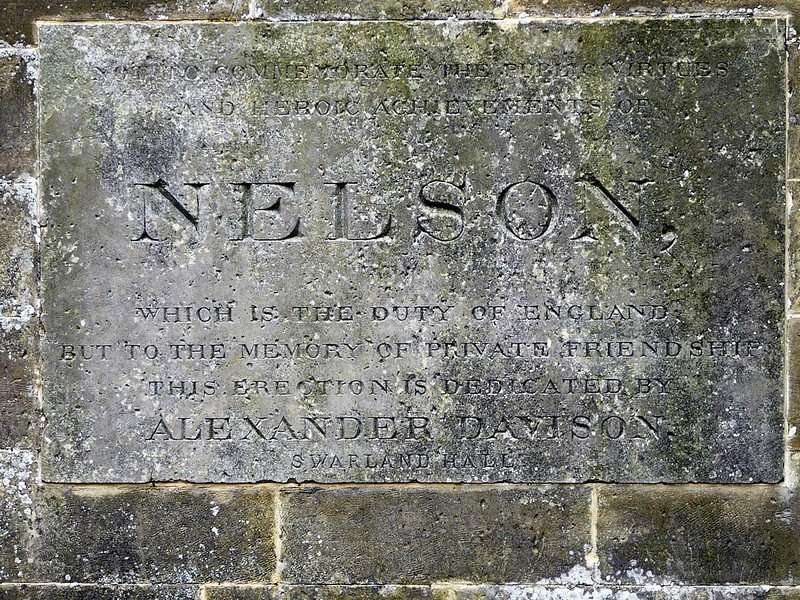
Accessibility and Accommodations
Swarland offers a tranquil escape for travellers. Reaching this charming village is relatively straightforward, with multiple transportation options available for visitors. For those travelling by car, Swarland is conveniently located just off the A1 road, making it easily accessible from major cities such as Newcastle and Edinburgh. The surrounding area is well-connected through a network of local roads, providing a peaceful drive through the picturesque landscape.
If you prefer public transportation, the nearest railway station is Morpeth, which lies approximately 5 miles away. From there, local bus services connect to Swarland, ensuring that visitors can reach the village without any hassle. Services operate frequently throughout the day, providing a reliable means of transport for those without their own vehicle.
Accommodations in Swarland cater to a variety of preferences and budgets, allowing every traveller to find suitable lodging. For those seeking a homely atmosphere, there are several charming bed and breakfasts that offer personalised service and local insights. These establishments provide comfort and a warm welcome, often featuring local produce in their breakfast offerings.
Visitors looking for a more substantial stay may find hotels in nearby towns, such as Morpeth. These accommodations generally offer a range of amenities, including on-site dining, leisure facilities, and easy access to local attractions. Additionally, travellers who enjoy the great outdoors will appreciate the camping options available in the region, with sites that allow for a closer connection to nature.
Overall, Swarland's accessibility and diverse accommodations make it an inviting destination for those wishing to explore Northumberland. With easy access and various lodging options, visitors can plan a memorable stay in this hidden gem.
Swarland in Popular Culture
Swarland has found its way into popular culture, albeit subtly, showcasing its charm and sense of community. While it may not be as widely recognised as larger towns, Swarland has garnered attention through various forms of media that celebrate its picturesque landscape and tranquil lifestyle.
In literature, Swarland has occasionally been referenced in novels that draw inspiration from the idyllic settings of rural England. Authors often utilise the village as a backdrop for stories, highlighting its rich greenery and scenic views. This portrayal not only enhances the narrative but also showcases Swarland's tranquil environment, inviting readers to envision a peaceful countryside, untouched by urban sprawl.
Film and television have also played a role in bringing Swarland to the limelight. While not frequently at the forefront, the village has been featured in movies and series set in Northumberland, serving as a representation of the region's beauty. Such films often depict the serene lifestyle of villages like Swarland, emphasising the importance of community and connection to nature, qualities that attract viewers seeking an escape from their hectic lives.
Moreover, social media platforms have enabled individuals to share their experiences in Swarland, creating a virtual narrative about the village. Visitors often post photos and stories that capture the inherent beauty and charm of Swarland, which can influence travel enthusiasts to consider this hidden gem as a destination. These platforms have allowed Swarland's appeal to grow organically, as people connect through visual storytelling, affirming the village's unique place in Northumberland.
Overall, Swarland's subtle representation in popular culture, through literature, film, and social media, reflects its enduring appeal as a serene and picturesque village worth exploring. Such features enhance awareness and appreciation for this hidden gem in Northumberland, contributing positively to its cultural landscape.
Conclusion: Why Visit Swarland?
Swarland, a quaint village that often eludes the radar of mainstream tourism. This hidden gem embraces visitors with its tranquil beauty, welcoming community, and opportunities for outdoor exploration. The natural allure of Swarland is undeniably captivating, characterised by lush green fields, serene woodlands, and stunning views that invite strolls and invigorating hikes. With an emphasis on preserving its natural environment, Swarland offers an ideal setting for those seeking respite from the hustle of urban life.
The quality of life in Swarland is reflected in its tight-knit community atmosphere, where neighbours form genuine connections, fostering a sense of belonging. Local events and gatherings are abundant, providing opportunities for both residents and visitors to engage and create lasting memories. The community spirit found within this village is vibrant, inclusive, and representative of the best aspects of rural living. Residents take great pride in their surroundings and are often eager to share their stories and insights about their beloved homes.
Moreover, Swarland stands out for its accessibility, serving as a perfect base for exploring the broader Northumberland area. From the scenic coastline to historic sites and cultural landmarks, Swarland allows visitors to experience the rich tapestry of this stunning region. Whether one seeks relaxation in nature or the charm of local civilization, the village caters to various interests and desires. Thus, for anyone planning a getaway, Swarland offers an array of experiences that honour its status as a hidden treasure. By considering a visit to this enchanting Northumberland village, travellers can immerse themselves in the warmth and wonder that Swarland has to offer.
FAQs
Where is Swarland located?
Swarland is a charming village in Northumberland, England, located near the A1 and close to the historic market town of Alnwick.
What is Swarland known for?
Swarland is known for its tranquil countryside, beautiful walking trails, and Swarland Wood, which offers opportunities for outdoor activities like hiking and birdwatching.
How far is Swarland from Alnwick and Newcastle?
Swarland is about 7 miles south of Alnwick and approximately 25 miles north of Newcastle.
Are there places to stay in Swarland?
Yes, Swarland offers various accommodations, including holiday cottages, lodges, and caravan parks.
How do I get to Swarland?
The village is accessible via the A1, with nearby train stations in Alnmouth or Morpeth. Newcastle International Airport is about a 40-minute drive.
What activities can I enjoy in Swarland?
Visitors can enjoy golf at Percy Wood Golf Course, cycling, walking trails, and exploring nearby attractions like Alnwick Castle and Gardens.
Are there any family-friendly activities nearby?
Yes, Swarland is close to family-friendly attractions like Barter Books in Alnwick, Bamburgh Castle, and the Northumberland coastline.
Are there restaurants or pubs in Swarland?
There are local pubs and eateries nearby, with additional dining options in Alnwick and surrounding villages.
Where can I shop for groceries and essentials?
Small convenience stores are nearby, with larger supermarkets in Alnwick.
Can I see wildlife in Swarland?
Yes, Swarland and its surroundings are rich in wildlife, including deer, red squirrels, and various bird species.
Are there any annual events or festivals?
Nearby Alnwick hosts various events, including the Alnwick Food Festival and local markets. Check with the Swarland Village Hall for community events.
